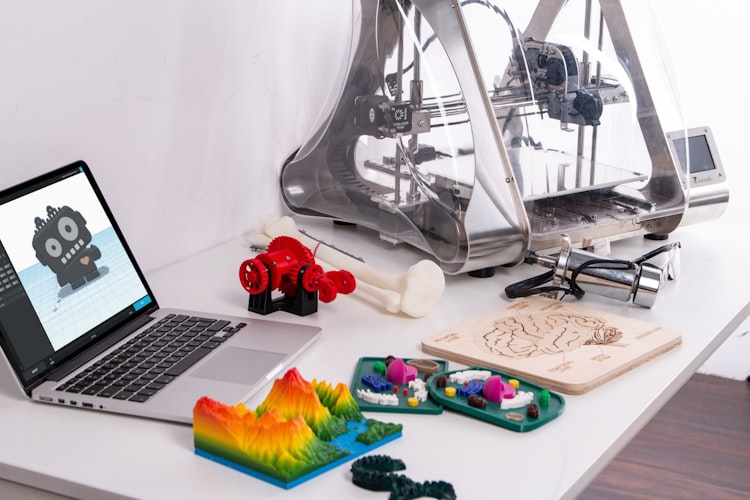While rhino horn and ivory are considered by conservationists as some of the most traded and trafficked natural items in the world, Madagascar’s forests have been decimated to supply the demand for rosewood furniture in China. What if a 3D-printed substitute from wood waste was available?
In the past two years, leading personalities and researchers in the 3D printing sector have pioneered the exploration of new 3D printing applicable materials. Experts in this field discovered that utilizing wood waste comes with a high potential for 3D printing.

Since we can’t just replace wood with plastic, resin, or metal, could it be possible to 3D print wood with the same quality? Perhaps, not now but soon maybe. The process for producing 3D-printed wood parts is now in its final stages of development.
This new innovative printing technology can print wood by utilizing an additive grain that simulates or mimics any type of tree, including ash, maple, and mahogany.
This ground-breaking technology is developing two byproducts from the wood processing sector. Cellulose and lignin constitute the majority of trees. While building products out of trees helps reduce the amount of material we use, we are, in a sense, dematerializing the tree. This is this technology’s central idea.
Each layer of sawdust is spread thin and sprayed with a nontoxic binder that includes lignin, which is found in the parts of real wood that help it bind together. Instead of particle board or laminate, the grain completely goes through the material, signifying that you can sand and refinish it like how you would with authentic wood. One way to keep waste production at bay is to make a product in its finished shape and then print it out, as a chair or a bowl might be.
Experiments are Underway
Just like olive wood, the resin blocks created by the researchers appear to be carved from a real tree. One of the greatest challenges for wood 3D printing is to reproduce the pattern on the outside and the grain within. Meanwhile, Columbia University engineers successfully created 3D models, the highlight of which are complex internal structures employing voxel mapping.
They used a 3D scanning procedure to capture the internal structure of a wood sample, which is quite of a challenge for them. In this case, they used destructive tomographic imaging.
This method comprises utilizing a 3040T desktop CNC machine to handle the cutting of the wood into slices. A designated camera system controlled by a computer program uses successive photos to control the camera.
The height of the individual slice measured around 27 microns or just about the height of the 3D printer machine that was employed in the study.

The resulting photos had to be scaled to the printer’s XY resolution. This measure would help accommodate the 3D printer, and afterwards, the RGB photographs were made into a CMYK standard to match the experimental printer’s standards. This has thus led to the creation of a GrabCAD voxel file that contains all of this information.
Conclusion
You may wonder why it is crucial to establish new materials that are 3D printing applicable. Every day, there is a plethora of new design and manufacturing techniques being introduced to various industries, as well as finishing techniques and other advancements in manufacturing and packing technology.
The changes taking place around the business and manufacturing sector prove that it remained dynamic despite the current economic onslaught of the Covid-19 pandemic.
The possibilities presented by 3D printing technology are boundless, and inventing new 3-dimensional printing materials with novel features will support the development of this technology even further.
